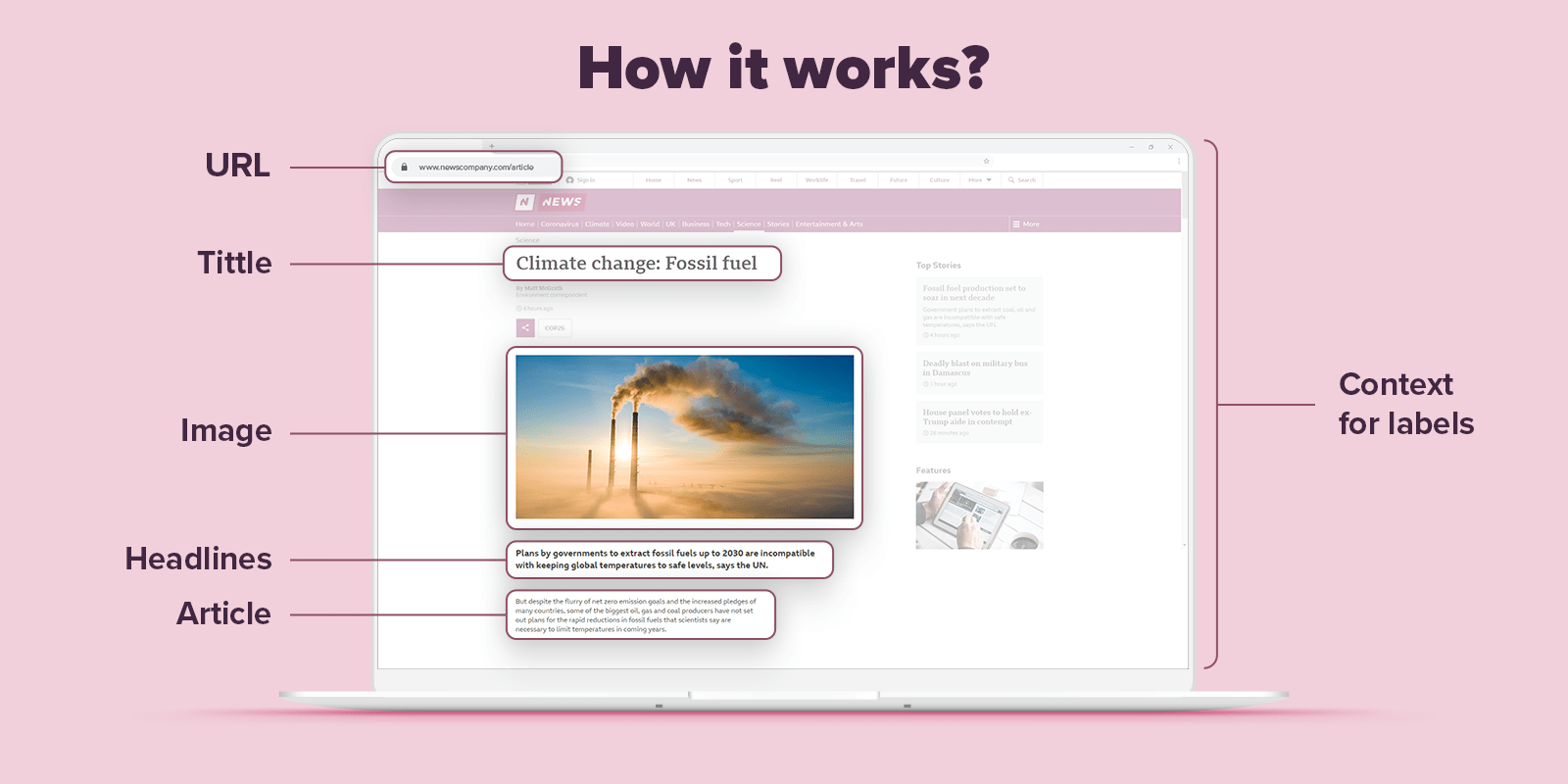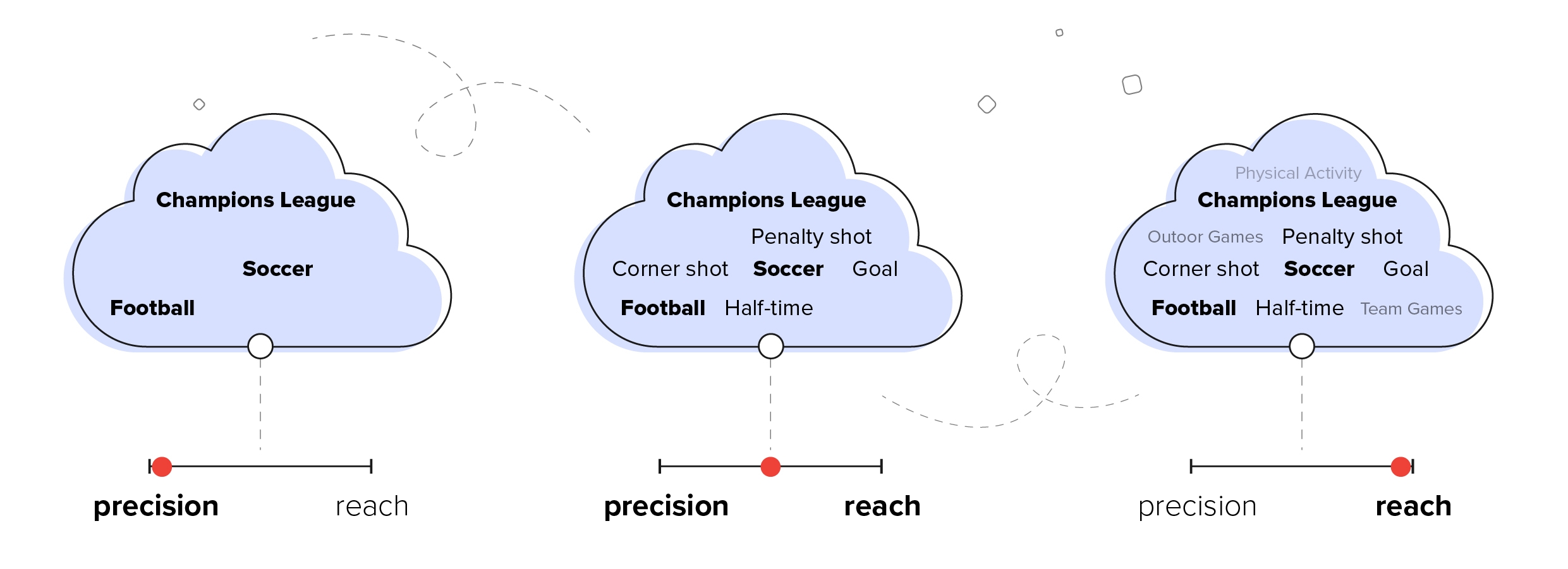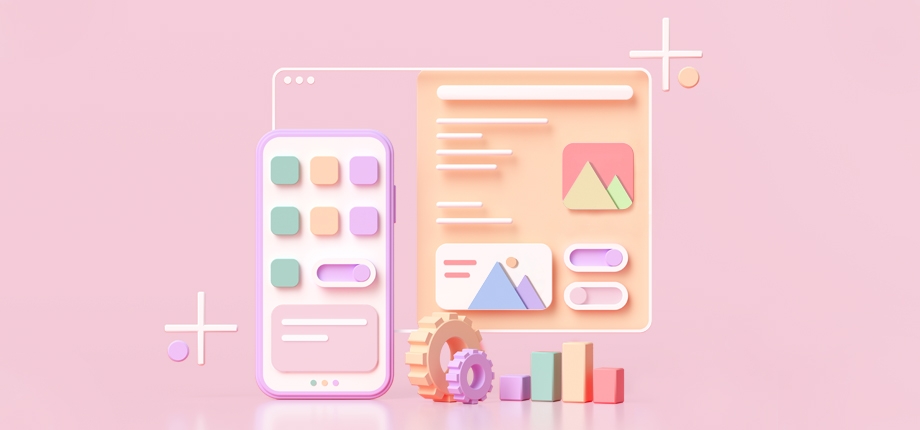Last Updated on: 23rd May 2024, 11:59 am
Contextual targeting might not be a new, flashy approach, but with the shift towards privacy-friendly cookieless advertising, it’s about to become a crucial part of every advertiser’s outreach strategy. As Google retires third-party cookies, old methods of targeting will become ineffective, and the ability to target interested users through more subtle markets, like content context, will be one of the keys to marketing success.
Let’s learn more about contextual targeting, look at some contextual advertising examples, and learn how you can deploy it in your campaigns.
In this article you will learn about:
- The origin of contextual targeting and its current state
- The differences between the 2 main targeting types
- The ways of benefiting from contextual targeting
Table of Contents:
- What is contextual targeting?
- Is contextual targeting a form of behavioral targeting?
- Why do marketers need contextual targeting?
- How To Implement a Contextual Targeting Campaign?
- How to excel at contextual targeting
- Partnering with an expert agency can be the key to contextual advertising success
- What about Brand Safety?
- Contact us today and embrace contextual targeting
What is contextual targeting?
Contextual targeting is a type of targeted advertising that involves displaying ads based on a website’s content. So, what is contextual targeting? The idea itself is not new. It was invented over 20 years ago; however, today, it has evolved into a highly sophisticated marketing technique.
The origins of contextual targeting can be found in the printed press. The situation may seem different, but the assumptions were similar, and the original definition of contextual targeting could be described as showing relevant products or services to a reader or user who may potentially be interested in them due to the content they consume.
This basic assumption of contextual advertising has remained unchanged. Advertisers want to present what the user may be interested in without knowing the user but rather by understanding the context.
What does this mean in practice? As a contextual advertising example, let’s imagine a user browsing the Internet and finding—and then reading—an article about the most amazing Greek beaches. This hints that the user might be interested in flight tickets to Greece or a new swimsuit. Advertising vendors will read this signal and present these types of products or services in ads.
Contextual targeting technology reads specific signals like the website’s URL, content category, text, and even images to understand the contextual relevance of each page.

Is contextual targeting a form of behavioral targeting?
It is not uncommon for people to throw contextual marketing into the same bucket as behavioral targeting. This is understandable; both techniques involve trying to use information to deliver a relevant ad to a user. Where they differ is in the type of information that they use. Behavioral marketing relies on understanding a user in order to determine what sort of advert to give them. Contextual targeting relies on understanding a context in order to determine what kind of content to show without needing to know who that user is specifically.
Both approaches have advantages and disadvantages; however contextual marketing offers a proven, privacy-friendly way to reach users on the open web.
Why do marketers need contextual targeting?
The internet is beginning to change rapidly. As marketers lose access to old targeting approaches, specifically third-party cookies, the balance is going to shift away from the blunter behavioral targeting methods. This will necessitate marketers adopting a suite of methods, among which contextual targeting will play an important role.
This isn’t because contextual targeting is a “next best thing” solution, far from it. Contextual targeting has a number of specific benefits that brands can take advantage of.
Contextual advertising can reach diverse audiences
Contextual marketing helps brands connect with a large group of users with similar interests without needing to determine exactly who that user is. It plays well in a more privacy-friendly landscape but also represents a perfect way for a brand to build its reach and make the first point of contact with consumers.
This can take a few forms. A luxury car or watch brand might know that its users will be more likely to read Bloomberg, so choose to advertise there to tap into that demographic. Or, a tech brand might want to place contextual ads on reviews, where a user in the research phase is already looking for a product or service that you offer and is currently in the consideration phase.
Contextual advertising is privacy-friendly and supports good content creators
Unlike many forms of behavioral marketing, contextual marketing is inherently privacy-friendly. By focusing on the context of content, marketers are able to forge connections without needing to track users in any way until that user decides to make contact with them.
This is important as the internet environment is shifting towards a more privacy-first, open web model. Contextual marketing lets brands work together with publishers who create valuable content. Your adverts help to support engaging content, and that content, in turn, helps to drive engaged users to your product. It’s the perfect example of a win-win.
Contextual targeting is easy to start, with lots of room to optimize
Contextual marketing can be described as “easy to learn, hard to master.” Setting up a basic campaign can be as simple as entering a few parameters into Google Ads and calling it a day. However, this won’t get you the results you need, and you will be spending more money than you need to get them.
A talented marketer, given the right tools, is able to carefully curate exactly what context an ad appears in. This can include optimizing for time, geography, specific keywords nestled in an article, or even language. This tighter approach also enables you to do some basic group-based personalization, which can help to convert quicker.
Contextual targeting is cookieless
The biggest benefit of contextual targeting is that it isn’t reliant on third-party cookies. This means that once third-party cookies are eliminated, it will continue to be effective. Brands that have already adopted it as a central part of their advertising strategy mix will have an advantage over those that have overly relied on cookie-based retargeting methods.
How To Implement a Contextual Targeting Campaign?
The initial process is pretty simple and can be broken down into three main steps:

Set campaign parameters
Let’s say you’re running a contextual targeting campaign through our ContextAI. The first thing you need to do is select the general topics that your ads will fit. This could be “travel”, “Laptops”, or pretty much anything else you can imagine. This helps to create your potential audience.
Your ad gets matched with relevant content
Once we have your parameters, our ContextAI will compare them against web pages within our publisher portfolio. You still have have some influence over where your ads are placed by adjusting your reach; a broad reach will focus on placing ads on a topic you’ve selected, whereas a more specific reach will try to match both topic and keywords.
Your ad gets placed
Once we find a matching site, there isn’t really anything else for you to do. Your ad will go live on a website with content that’s relevant to your chosen topic or target keyword.
How to excel at contextual targeting
So, you’ve implemented contextual advertising into your campaign, but how do you gain that competitive edge? Well, as with behavioral targeting, it all comes down to the amount of data you have available and how well you can use it.
In a contextual targeting context, the scope of available data can vary significantly. You might only have the data that publishers freely offer you, in which case you’re limited to a relatively narrow scope for optimization. However, with the right tools, it is possible to unearth a wealth of insights from even a single article.
For example, you might be able to determine that an article is a comparison article based on the text on the site and insert an appropriate ad showcasing your product as another alternative. Or perhaps you know that there is a photo on the site that is reminiscent of your product? Well, you could use that photo to link the product with the article in a reader’s mind.
Put simply: The more information you have about a website, the more effectively you can utilize contextual targeting. So, how do you get that information?
Partnering with an expert agency can be the key to contextual advertising success
Since the two big challenges with contextual targeting are access to data and the tools to interpret it, why not work with a company that excels at overcoming both of them at once? RTB House has built a tool called ContextAI that scans 95% of the web in over 40 languages. We then interpret the entire article, from URL to text, and use that to determine the correct labels for that article.

Once we have the labels, it is then possible to determine the exact reach you want those ads to have. This is done by determining specific keywords which can relate to your specific use case.

Another advantage of the RTB House ContextAI approach is its ability to rapidly identify new content, as soon as possible. This enables you to ensure that your ad is seen by as many people as possible and not on outdated stale content.
What about Brand Safety?
As your company grows, your brand will become increasingly valuable and, therefore, need close protection. To achieve this, you can work with a company like RTB House, which has a robust suite of brand safety tools.
Finally, RTB House has a robust suite of brand safety tools. These ensure that your ads are not seen in damaging contexts without harming the overall effectiveness of your ad campaign. This toolkit is very versatile and provides brands with everything they need to take control of their own brand safety situation.
Contact us today and embrace contextual targeting
Ready to take your contextual targeting game to the next level? Our team is standing by to help you determine how best to use contextual advertising in your specific use case. We can also help determine the best approaches to compliment your contextual advertising campaign and help you to prepare for the cookieless future.
If you have any questions, comments or issues, or you’re interested in meeting with us, please get in touch.





